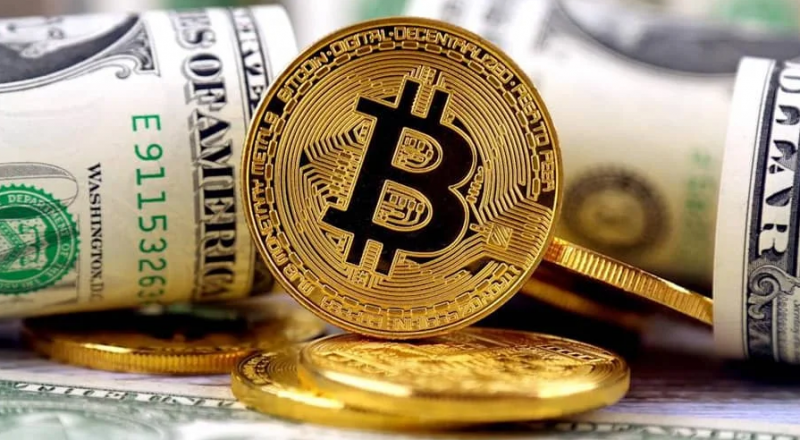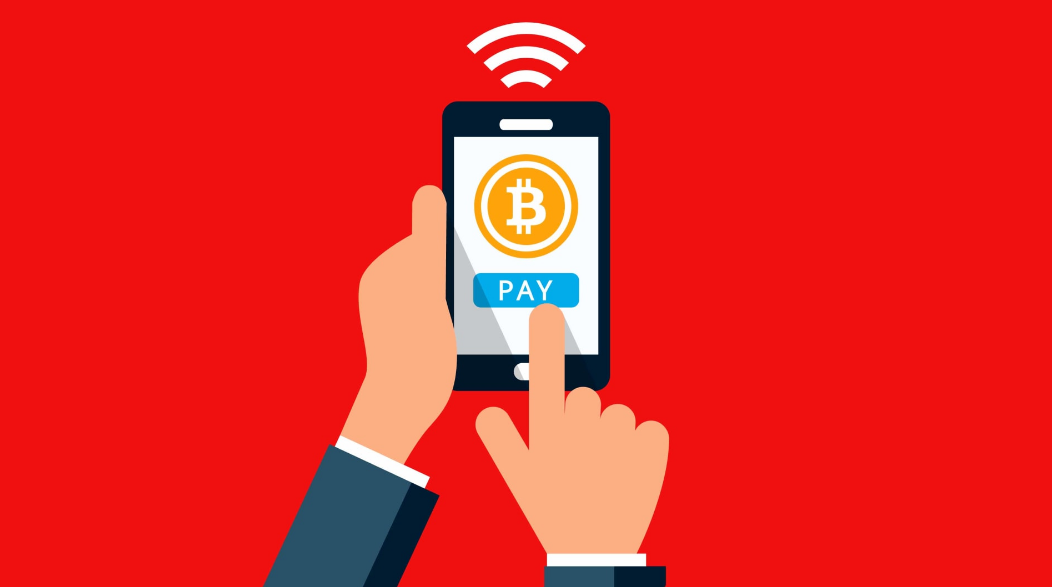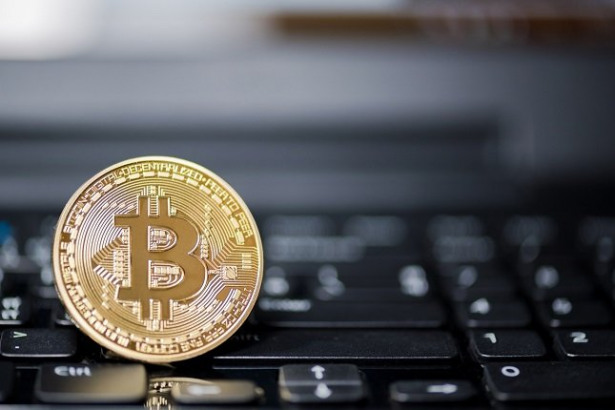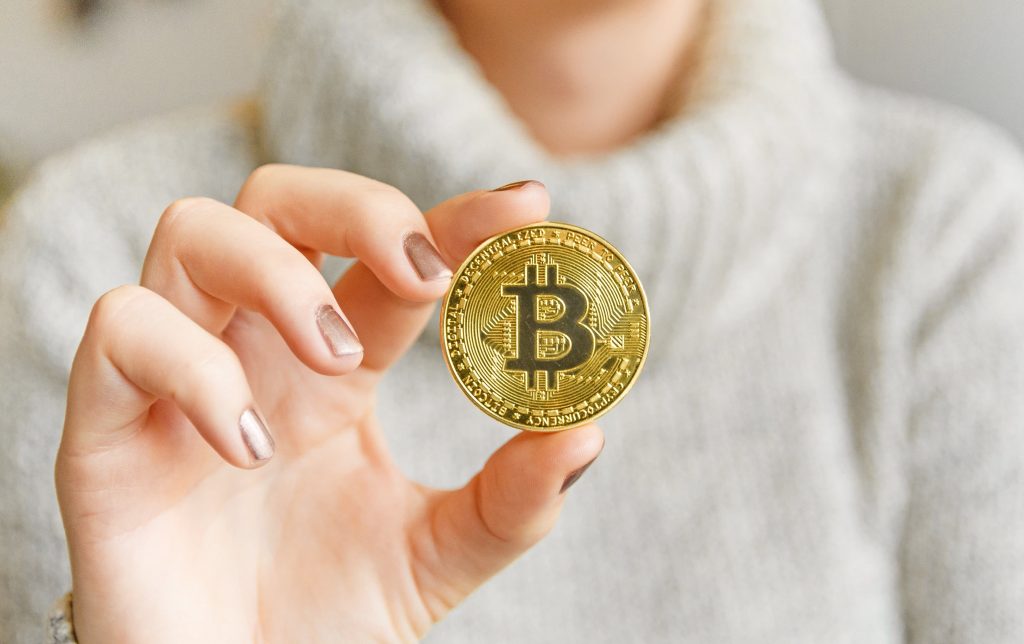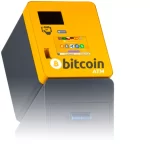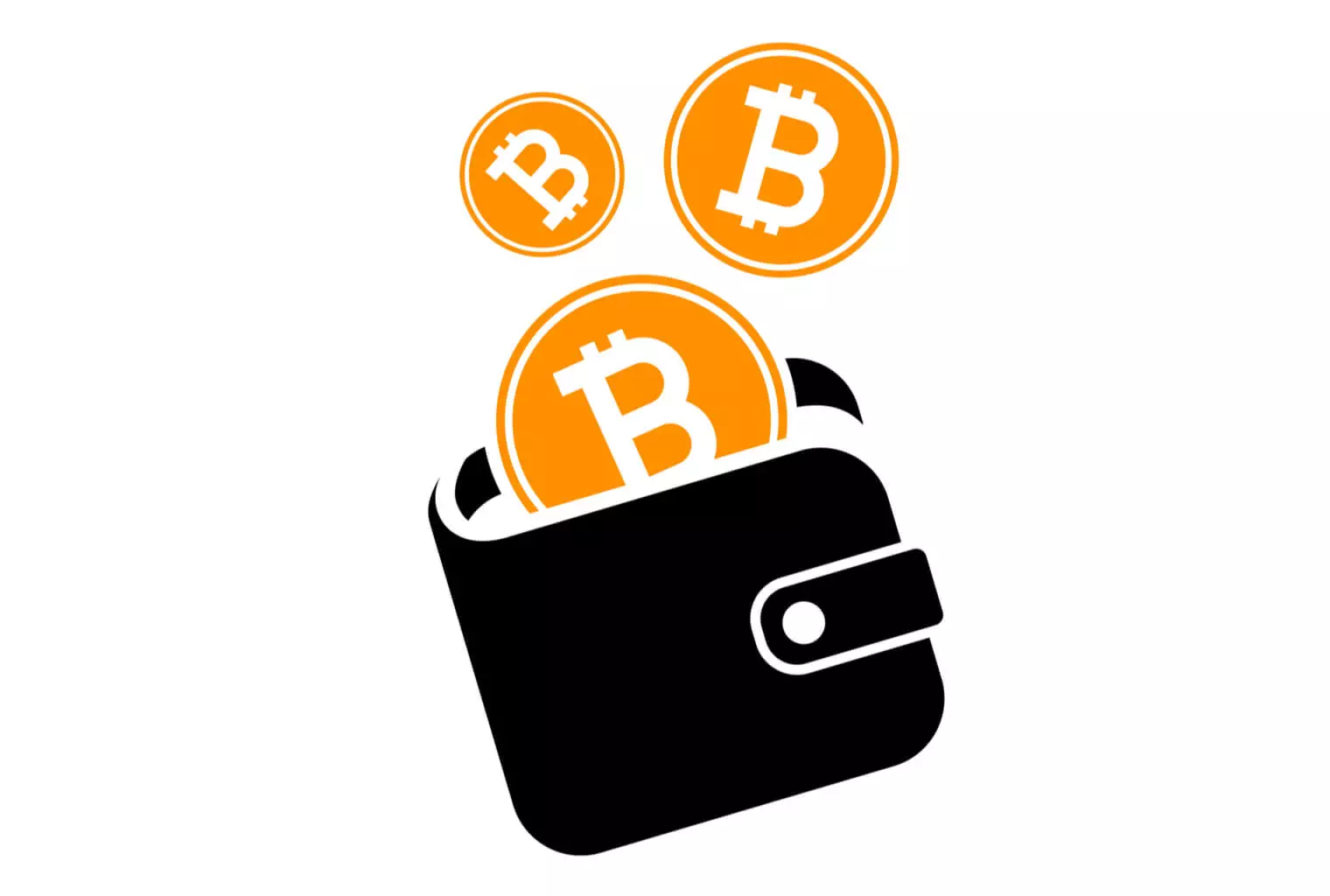Bitcoin fees have been a point of contention for quite some time now, with many people complaining about the high cost. This post is to clear up any misinformation and provide a realistic understanding of what bitcoin transaction fees are. There’s a lot more going on than just looking at the fee amount! The goal here is to help you understand how much you should be paying in order to avoid making costly mistakes that could lead to your transactions getting stuck or delayed indefinitely.
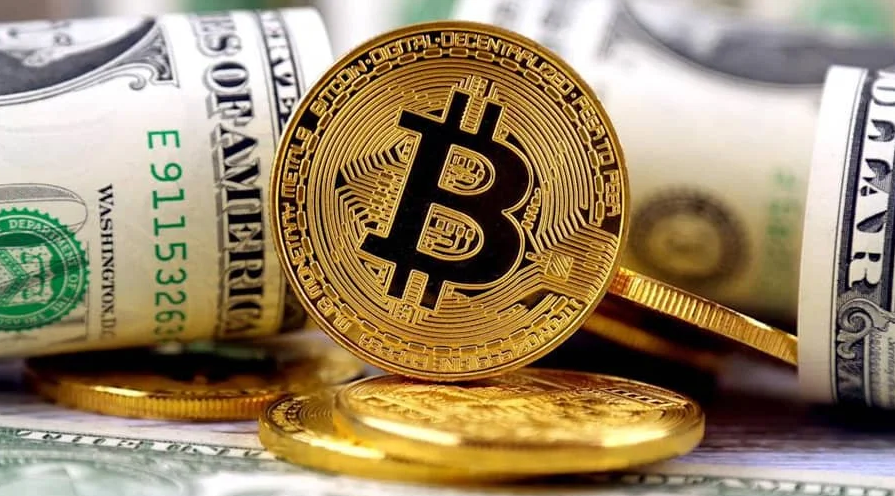
One of the most important things to understand about bitcoin is that it’s not free. You have to pay a fee for each transaction you perform on the blockchain, which means that your wallet will be drained faster if you are sending larger amounts or performing more transactions than usual. This can lead to some hefty fees over time! To avoid this potential nightmare, there are two ways you can go about avoiding high fees when using Bitcoin – one being by choosing an option with lower fees and the other being by paying higher mining costs instead. The choice is yours!
How Does it Work?
The transaction fee is how much you pay for miners to verify your bitcoin transactions. The more money that people are willing to spend, the faster their transactions will be included into a block by the miner and added onto the blockchain. If too many people want their deal done quickly they must offer higher fees in order for it not to get stuck behind other unfilled deals because of limited space on each blog – this phenomenon is called Bitcoin mempool.
In order to make sure a transaction goes through, users pay higher fees than those who are not in a rush. If your transaction is unconfirmed or taking too long, this could be because you didn’t include the right fee and/or there’s an overload on blockchain traffic–but it can also mean that the address you provided is wrong and invalid.

Michael is a cryptocurrency blogger who writes about the latest developments in blockchain technology. He has been blogging for over 4 years and his posts have been read by people from all around the world. His blog covers a wide range of topics, such as trading advice, new ICOs to invest in, and how blockchains can be used outside of cryptocurrencies. Michael also enjoys writing about more technical aspects of cryptocurrencies and blockchain technology.

